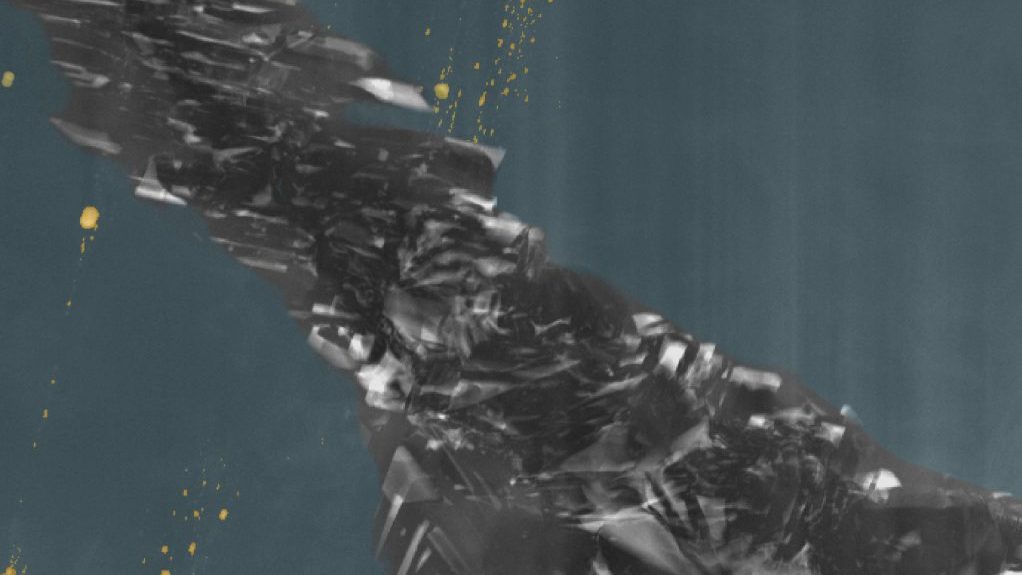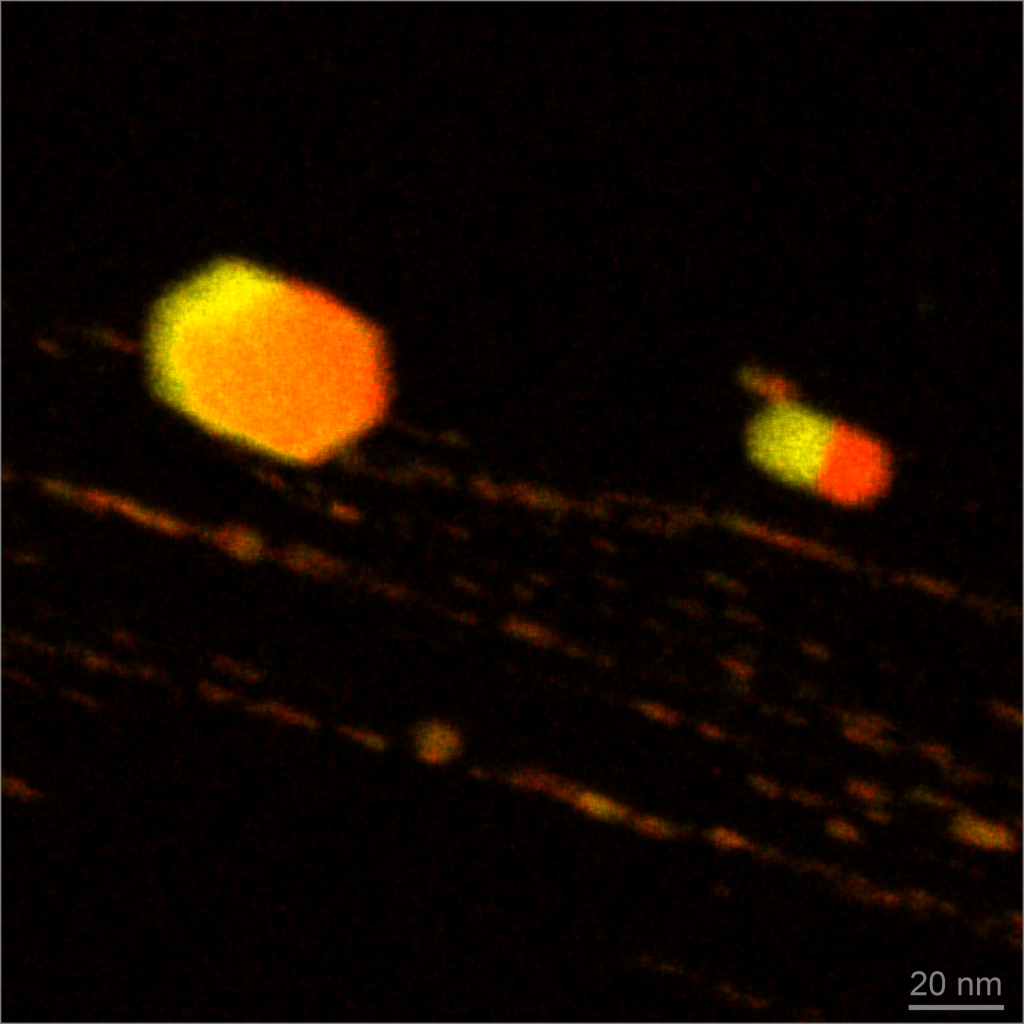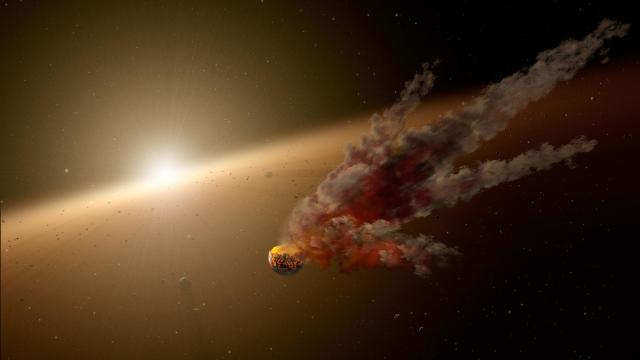Back in 2008, an 80-ton meteor exploded over the Nubian Desert of Sudan, showering the region with hundreds of tiny rocks. New research suggests the diamonds packed inside these meteorites could have only formed within a planetary body the size of Mercury or Mars – a planet that no longer exists.
It’s called the Almahata Sitta meteorite, and it’s providing the first tangible evidence that a proto-planetary body existed during the early stages of our Solar System, according to new research published this week in Nature Communications. This nascent planet, somewhere between the size of Mercury and Mars, smashed into another planetary body – we don’t know which one – creating a massive debris field that seeded the Solar System with the pieces to build other larger, rocky planets. Like Earth.
The evidence for this hypothesis comes from a rare type of meteorite called a ureilite. These rocks account for less than 1 per cent of all meteorites that land on Earth. Ureilites are packed with tiny diamonds, the largest of which are only the width of a human hair. Like diamonds that form on Earth, these exotic minerals are the product of intense pressure and temperature – conditions that are found deep inside our planet.

Microscopic image showing the inside of one of the diamonds found within a fragment of the Almahata Sitta meteorite. Graphite appears in grey, and inclusions in yellow.Image: Dr. F. Nabiei/Dr. E. Oveisi/Prof. C. Hébert (EPFL, Switzerland)
Astronomers have suspected the existence of a long-lost protoplanet for decades, but it’s been difficult to prove. And in fact, the leading hypothesis for our Moon’s origin is that a proto-planet struck the Earth when it was still a baby. What’s more, computer simulations of early planet formation have also predicted the presence of these large “embryotic” planetary bodies during the first 10 million years of the Solar System’s existence. But physical proof has been lacking.
Now, Farhang Nabiei from École Polytechnique Fédérale de Lausanne (EPFL), the lead author of the new study, is arguing that ureilites are the potential remnants of a lost proto-planet.

Inclusions inside the diamond. Image: Dr. F. Nabiei/Dr. E. Oveisi, EPFL, Switzerland
Nabiei’s team used three different microscopes, including a transmission electron microscope, to study the bits of material, called inclusions, that got trapped within the Almahata Sitta meteorite’s diamonds after it formed. The physical, chemical, and mineral composition of the diamonds suggest they formed at pressures around 20 gigapascals. That kind of pressure can only exist inside a planetary body with masses in the Mercury-to-Mars size range. What’s more, the diamonds, though small, are too big to have formed following an impact with Earth.
“This study provides convincing evidence that the ureilite parent body was one such large ‘lost’ planet before it was destroyed by collisions,” conclude the researchers in their new study.
Cool, right? The vision of a Mars-sized object smashing into an object of equal size boggles the imagination. But as this new study points out, the early Solar System was a very dramatic and tumultuous place.
